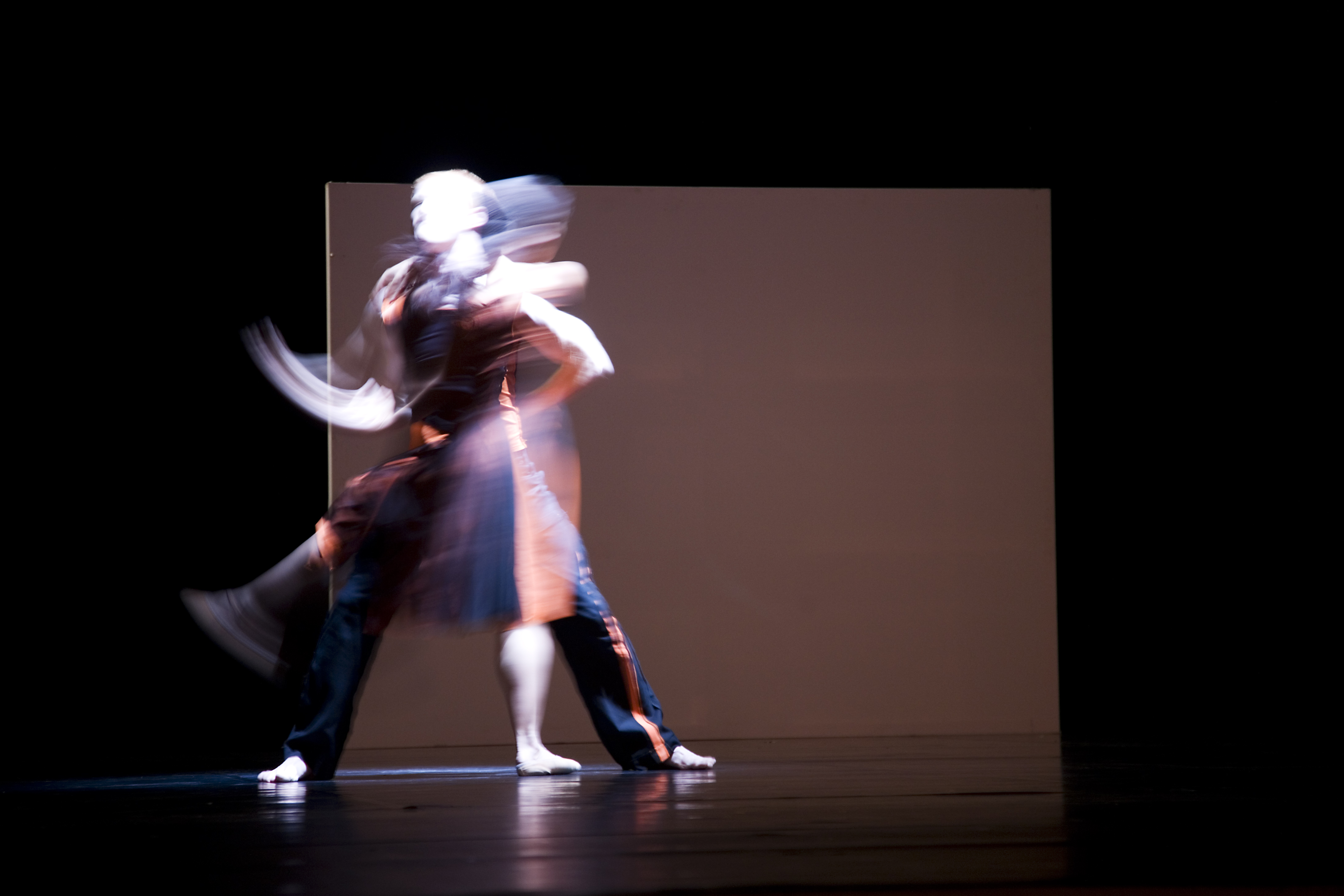In the dance community many events have a ‘drop-in’ class that is aimed at teaching fundamentals for beginners to help introduce new people to the dance. The classes typically start with the fundamentals of posture and movement and then build in the basic structures of the dance, teach a move, etc. Though the class is often aimed in particular at beginners there is a desire to get beginners to interact with more experienced dancers and so the struggle of providing an excellent introduction to beginners while attracting a more experienced crowd to join in, begins.
Often I hear the argument given that a beginner or “fundamentals” class should be inherently engaging to more experienced dancers; everyone can alway stand to work on their fundamentals. If you’re an experienced dancer you have learned how the components of every fancy move are actually fundamentals. This further leads to an attitude that any experienced dancer who actually wants to get better should be attending beginner classes or they’re conceded and just don’t know how much they suck.
Fundamentals are vital and part of the training regime of all experienced dancers. However the argument that a drop-in class should be seen as inherently valuable to experienced dancers in its raw form is flawed:
1. A class needs to engage students, not just give them what they need.
When teaching a lesson I want to not only deliver the content that my class needs, I also need to provide content and deliver it in a manner that engages my class and keeps them excited about learning. Advanced beginners and intermediate dancers often crave new information and get bored with fundamentals (well before they’re proficient with them). I can beat them with an argument about practicing fundamentals and not getting cocky, and most likely lose a certain percentage of them, or I can give them some new content and cleverly engage them with fundamentals in new ways. I know for me early on in dancing, getting excited about flashy moves gave me the energy and the impetus to focus back on fundamentals when I realized they were required to support the moves I was drooling over.
2. Beginner inclusive classes are not often the best place to get the most work on fundamentals.
Fundamentals are essential but classes that focus on beginners do not necessarily provide the most efficient forum to practice them. There isn’t a move that’s taught in a drop-in class that I don’t practice and drill in my practice time every week. However my practice time is structured in such a way that I can efficiently practice those movements often 10 to 15 times more than I can within the structure of a beginner class. I find now that if my goal in participating in a beginner fundamentals class is to work on my fundamentals that I usually will get much more effective practice out of spending that same hour outside of the class practicing on my own.
I believe drop-in classes ideally focus just on exciting new dancers and giving them the barest of basics to be able to have a good experience and decide they want to learn more. They should easily lead students into a class series or a more established beginner program that feeds up to an intermediate program and so on. This way students can always be appropriately and efficiently challenged.
Alternately, if space, time or resources do not allow for multiple tiers, then the fundamentals classes need to aim a bit higher than first-timers and deliver content that covers the essential bases (for the new people) but also does it in such a way that every technique can be explicitly scaled to provide more challenge to more advanced dancers. This is a far more challenging teaching environment but certainly not unreachable and far more engaging than simply hoping that all of your experienced dancers will have the community investment and mental fortitude to suck it up and just work the fundamentals in a beginner class environment.
